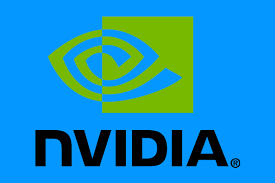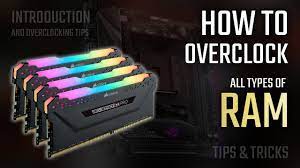Are you struggling to open Nvidia Overlay and make the most of its features? Look no further!
This article will guide you through the step-by-step process of unlocking the power of Nvidia Overlay. You’ll learn how to:
- Check your system requirements
- Install the latest Nvidia drivers
- Configure your Nvidia Control Panel settings
- Enable the overlay in Nvidia Experience
Say goodbye to common issues and get ready to enhance your gaming experience with Nvidia Overlay. Let’s get started!
Checking System Requirements
To check if your system meets the requirements, follow these steps:
- Open the NVIDIA GeForce Experience application on your computer.
- Once it’s open, click on the gear icon located in the top right corner to access the settings menu.
- In the settings menu, find the option called ‘General’ and click on it to expand the section.
- Within the General settings, there will be a tab labeled ‘System Requirements.’
- Click on this tab to view the minimum and recommended specifications for running NVIDIA Overlay.
- Make sure your system meets or exceeds these requirements to ensure smooth functionality.
If your system falls short, you may need to consider upgrading certain components to fully utilize the NVIDIA Overlay feature.
Installing the Latest Nvidia Drivers
Make sure you’re regularly updating your Nvidia drivers to ensure you have the latest version installed. Keeping your drivers up to date is crucial for optimal performance and compatibility with your Nvidia graphics card.
To install the latest drivers, you can visit the Nvidia website and use their driver download page. Simply select your graphics card model and operating system, and then click on the download button. Once the download is complete, run the installer and follow the on-screen instructions to complete the installation process.
It’s also recommended to enable automatic driver updates through the Nvidia Control Panel or GeForce Experience software. By doing so, you can ensure that you always have the most recent drivers installed, which can improve your gaming experience and fix any potential issues.
Configuring Nvidia Control Panel Settings
Configuring the Nvidia Control Panel settings can greatly enhance your gaming experience.
To start, open the Nvidia Control Panel by right-clicking on your desktop and selecting it from the context menu.
Once the control panel is open, navigate to the ‘Manage 3D Settings’ section. Here, you can customize various settings to optimize your gaming performance.
Adjust the ‘Power Management Mode’ to ‘Prefer Maximum Performance’ to ensure your GPU is running at its full potential. Additionally, you can enable ‘Vertical Sync’ to eliminate screen tearing and enable ‘Antialiasing’ to enhance the visual quality of your games.
Don’t forget to apply the changes before closing the control panel.
Enabling Overlay in Nvidia Experience
Once you have the Nvidia Experience installed, you can easily enable the overlay feature to access useful in-game information.
To do this, open the Nvidia Experience application and click on the gear icon located at the top right corner. This will take you to the settings menu.
From there, select the ‘Overlay’ tab on the left-hand side. In the overlay settings, you can customize various options such as the keyboard shortcut to open the overlay, the position on the screen, and the information you want to display.
You can choose to enable features like FPS counter, GPU temperature, and recording indicators. Once you have made your desired selections, simply exit the settings menu and the overlay will be ready to use.
Troubleshooting Common Issues
If you’re experiencing any issues with the overlay feature, there are some common troubleshooting steps you can try.
First, make sure that your graphics drivers are up to date. You can easily check for updates in the Nvidia Experience app.
If that doesn’t solve the problem, try disabling and re-enabling the overlay feature in the settings.
Sometimes, a simple restart of your computer can also resolve any overlay issues.
Additionally, check if any other software or applications are conflicting with the overlay feature. Closing unnecessary background programs may help.
If the issue persists, you can try reinstalling the Nvidia Experience app or contacting Nvidia support for further assistance.
Conclusion
So there you have it, opening Nvidia overlay is a simple process that can greatly enhance your gaming experience.
By following the steps outlined in this article, you can easily check your system requirements, install the latest Nvidia drivers, configure the necessary settings in the control panel, and enable the overlay in Nvidia Experience.
If you encounter any issues along the way, don’t worry, as we have also provided troubleshooting tips to help you resolve them.
Now go ahead and enjoy all the features and benefits that Nvidia overlay has to offer.


